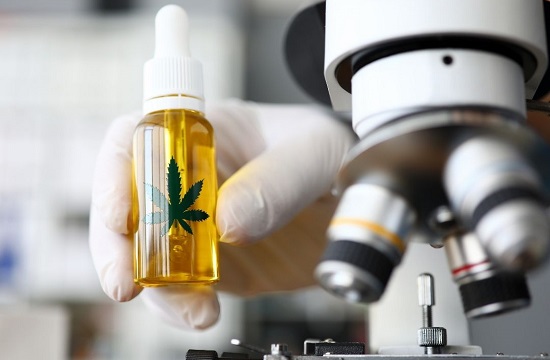While THC and CBD get the lion’s share of the limelight, the newest kid in town – CBG – is vying for a spot there. And for good reason.
Without this lovely little cannabinoid, there’d be no THC. So there’s that.
Furthermore, if you’re not exactly a fan of THC, CBG could be just what you’ve been looking for in terms of reaping similar benefits without the possible anxiety-inducing (not-so) high.
So What Is CBG?
CBG is found in both cannabis and hemp plants. While it may be new to you and most folks at large, it’s been studied since the mid 1960s for its potential medical benefits.
Referred to as the “mother of all cannabinoids,” every other cannabinoid exists because of CBG.
When young cannabis plants start budding, a number of enzymes and compounds combine to create the early-phase cannabinoid CBGA. CBGA is the genesis of all other cannabinoids to follow. As the plant continues to soak up UV light, CBGA breaks down and changes into THCA and CBDA – the precursors to THC and CBD respectively.
CBG is often compared with CBD due to the fact that neither is psychoactive. In addition, they can both reduce the effect of THC. The way each interacts with the endocannabinoid system is different though. And since CBG binds directly to both CB1 and CB2 receptors, research is hinting that it may be more effective in delivering benefits.
There’s another important difference too.
The Scarcity of CBG
Unfortunately, when CBGA breaks down to CBDA and THCA, there’s very little CBG produced. In fact, most cannabis plants can have up to 25% CBD, while only 1% CBG. That makes it much harder to find and also more expensive.
As such, CBG is most often derived from young cannabis plants. Once plants mature, much of the CBG has already been converted to CBD and THC.
Farmers are experimenting with cross-breeding and genetic manipulation to help cannabis plants produce more CBG. But CBG is also present in hemp plants. And since the 2018 Farm Bill made hemp plants that contain less than 0.3% THC federally legal, more than a handful of hemp farmers breed and grow CBG-rich strains that you don’t even have to go to a dispensary to buy.
Possible Benefits of CBG
The latest research indicates that CBG could have some pretty serious therapeutic effects. Most of the studies at this point have been done on animals. Even so, it’s shown promising results.
For example, a 2014 study on rats showed that CBG may be able to block the receptors that cause cancer cell growth. It could also inhibit the growth of colorectal cancer cells specifically.
Another study done on cats with glaucoma indicated that CBG delivered a reduction in eye pressure while increasing aqueous humor outflow.
Other studies demonstrated a positive impact on inflammatory bowel disease and Huntington’s disease. And a 2020 study found that CBG has antibacterial properties against antibiotic-resistant strains of Staphylococcus aureus – better known as MRSA.
Veering away from animal studies, there is also anecdotal evidence for it easing insomnia and anxiety in humans – both of which can be exacerbated by THC in those who are sensitive to it.
Could CBG Be Right For You?
Now that you know the answer to the question of what is CBG, it may be worth exploring. Especially if you wish you could get the calming benefits of THC but find it only gives you anxiety. This could be the ticket.
And for more informative (and even occasionally exciting!) articles about the cannabis industry, keep checking back in with our blog. As cannabis marketing experts, we, as they say, have our finger on the pulse of the industry.
